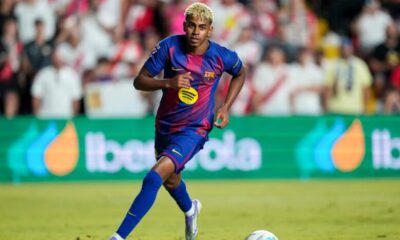In 1978, Joe Allen, a member of the staff of Senator Birch Bayh, a Democrat of Indiana, discovered that of the 28,000 patents owned by the federal government through government-funded research, only about 5 percent were being commercialized. This was a dismal record for a nation investing hundreds of billions of dollars in science and technology. Senator Bayh teamed up with Senator Bob Dole, a Kansas Republican, to propose legislation to fundamentally change how universities commercialized their discoveries.
Signed into law by President Jimmy Carter in 1980, the Bayh-Dole Act allows universities to retain ownership of patents that result from federally funded research and to share any revenues that result with professors and other researchers whose work led to the discoveries. For instance, at the University of Colorado, Boulder, where I work, 50 percent of such revenue is split equally between the researcher’s personal and research accounts, and the remaining 50 percent is divided equally between the university system and the campus.
The benefits of this model are obvious: It aligns the incentives of the individual, the university and the federal government in the direction of commercializing their discoveries. Since the passage of the Bayh-Dole Act, billions of dollars in licensing revenues have been generated from federally funded research.
The N.C.A.A. and universities could easily adopt this model for student-athletes. Here is how it would work: Each campus would help athletes identify, negotiate and secure compensation for their name, image and likeness rights. A formula would allocate the resulting revenue — perhaps one-third each to the athlete, the athletic department and the campus. The N.C.A.A. could standardize this formula across its divisions or allow it to vary.
This would be, in the words of the N.C.A.A., “consistent with the values of college sports within higher education.” The interests of the athlete, the athletic department and the campus would be aligned. The beauty of this approach is that it threads a very tight needle — it allows athletes to financially benefit, as explicitly outlined in the new California law, while avoiding compensating them as employees, which is strongly opposed by the N.C.A.A. In fact, this approach costs the N.C.A.A. and universities nothing, since they would not be paying athletes, sponsors would.

 Entertainment6 days ago
Entertainment6 days ago
 Tech3 days ago
Tech3 days ago
 Tech3 days ago
Tech3 days ago
 General News16 hours ago
General News16 hours ago
 General News12 hours ago
General News12 hours ago




